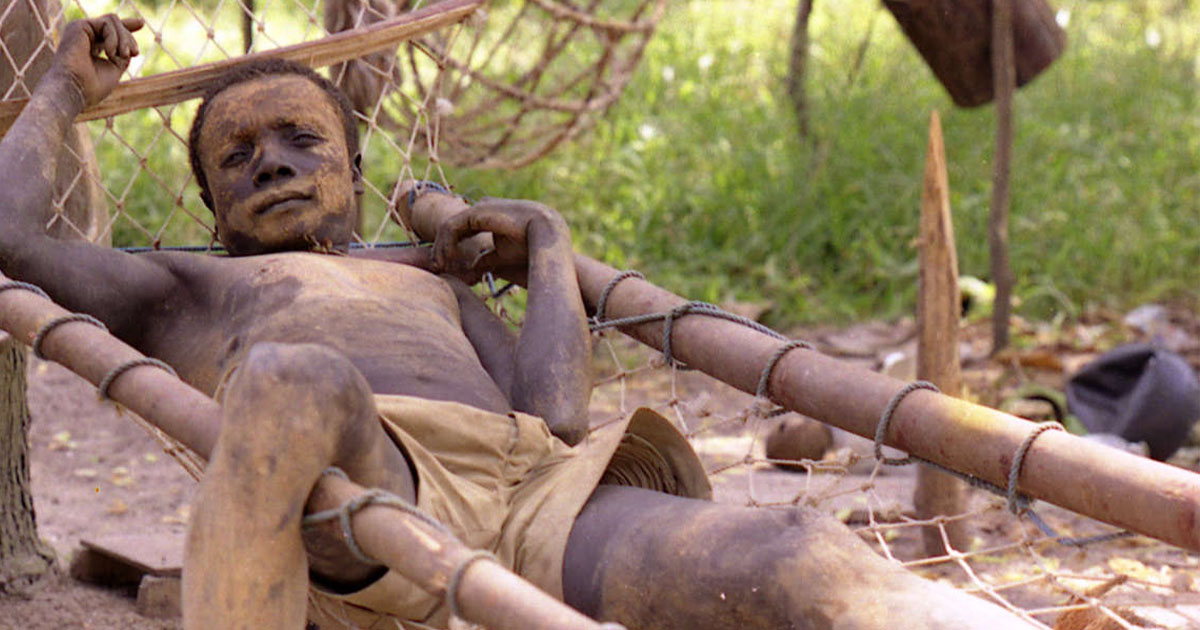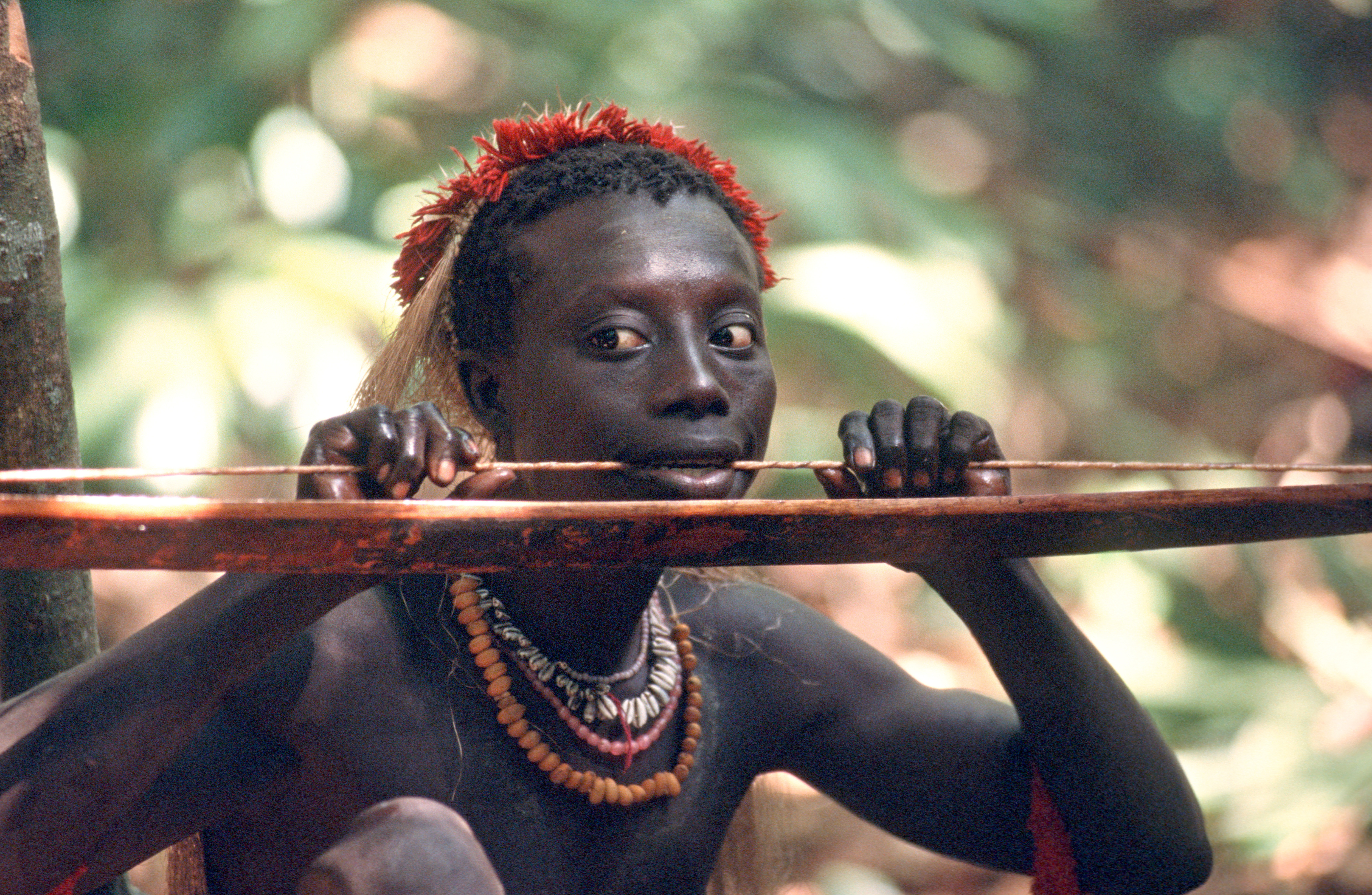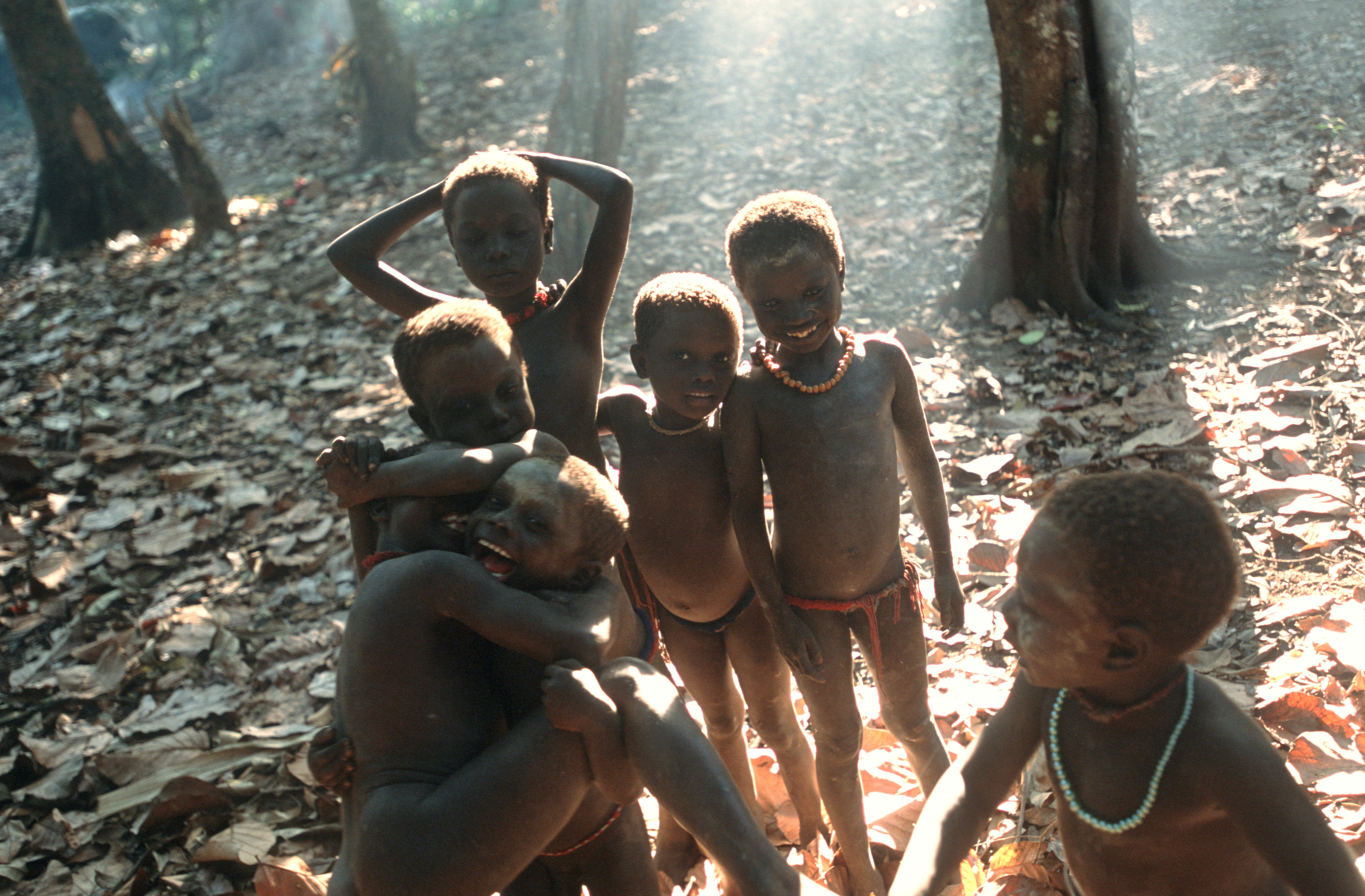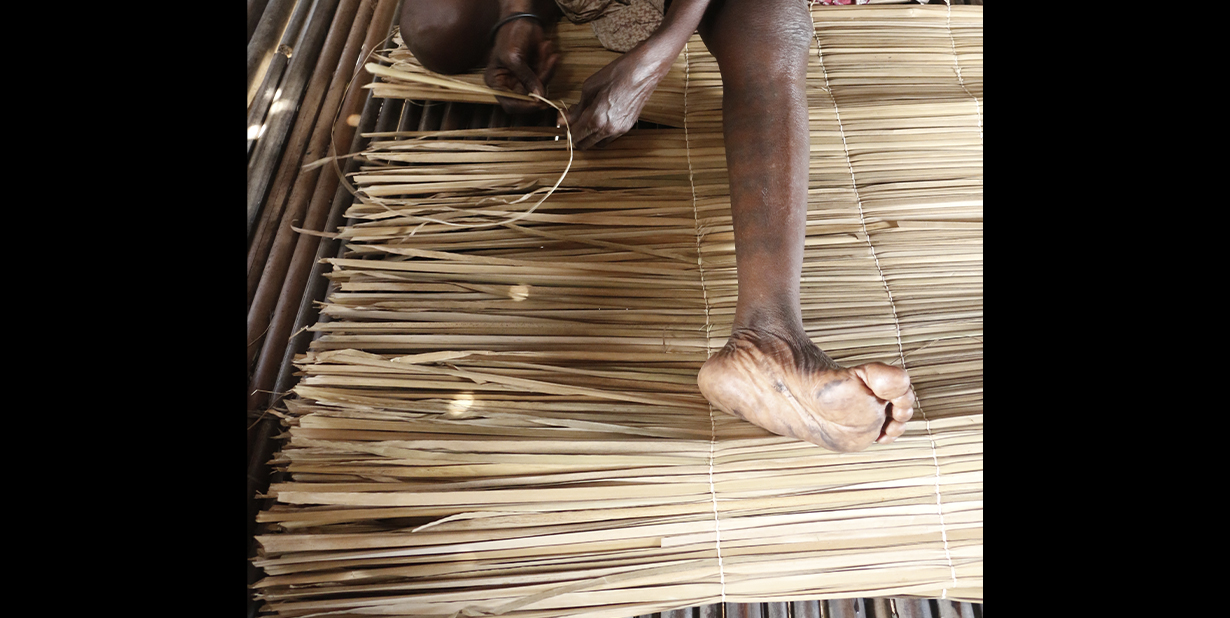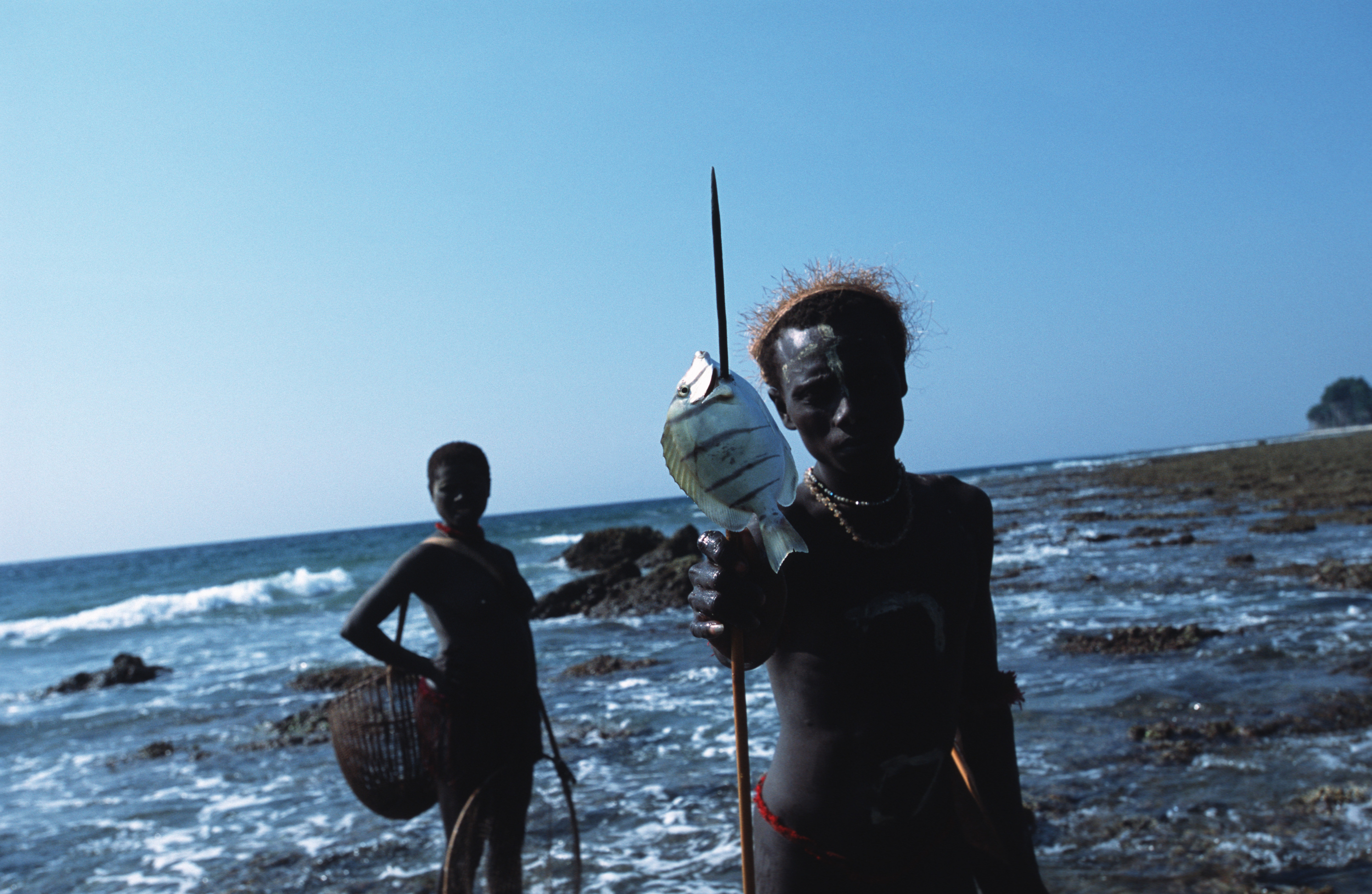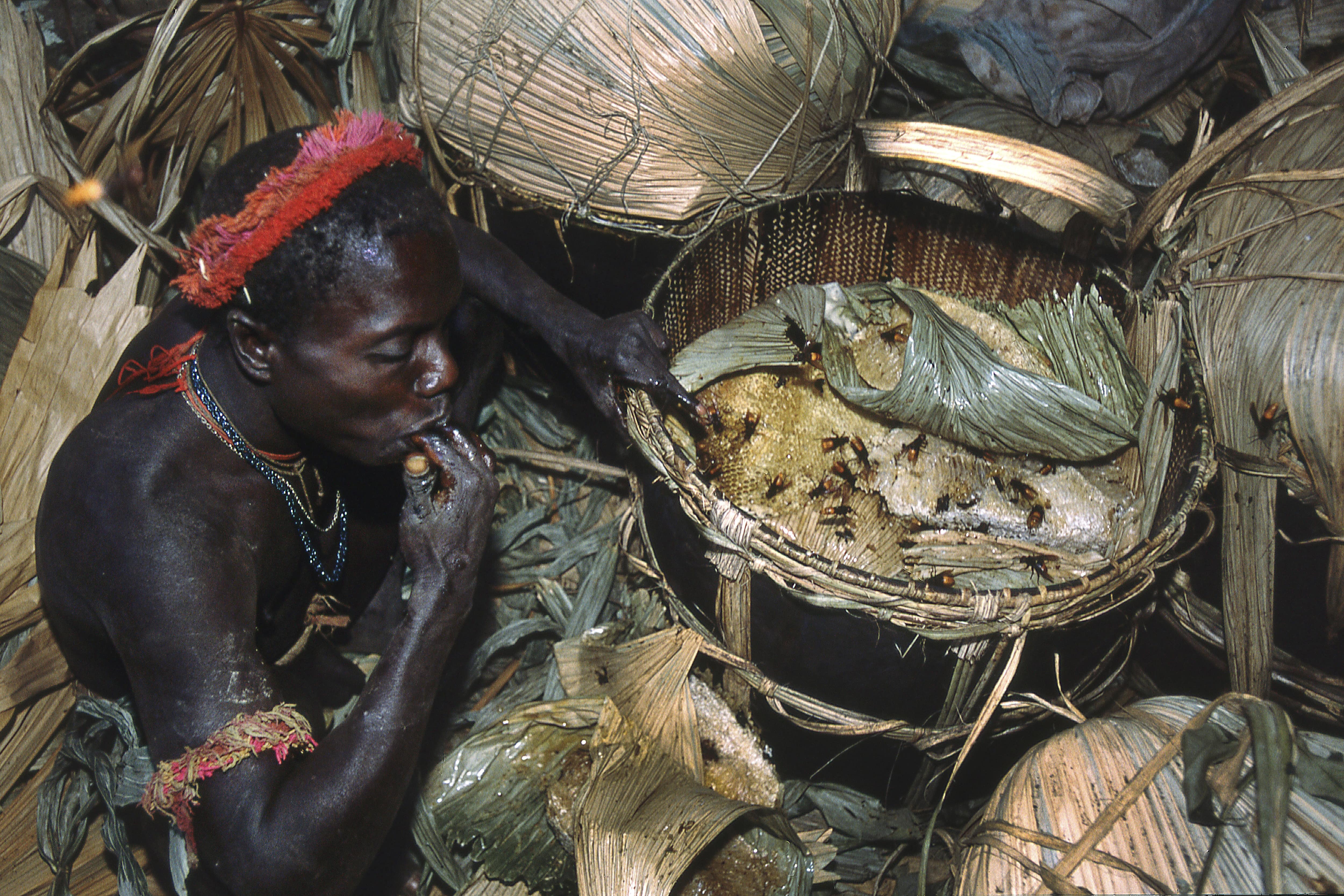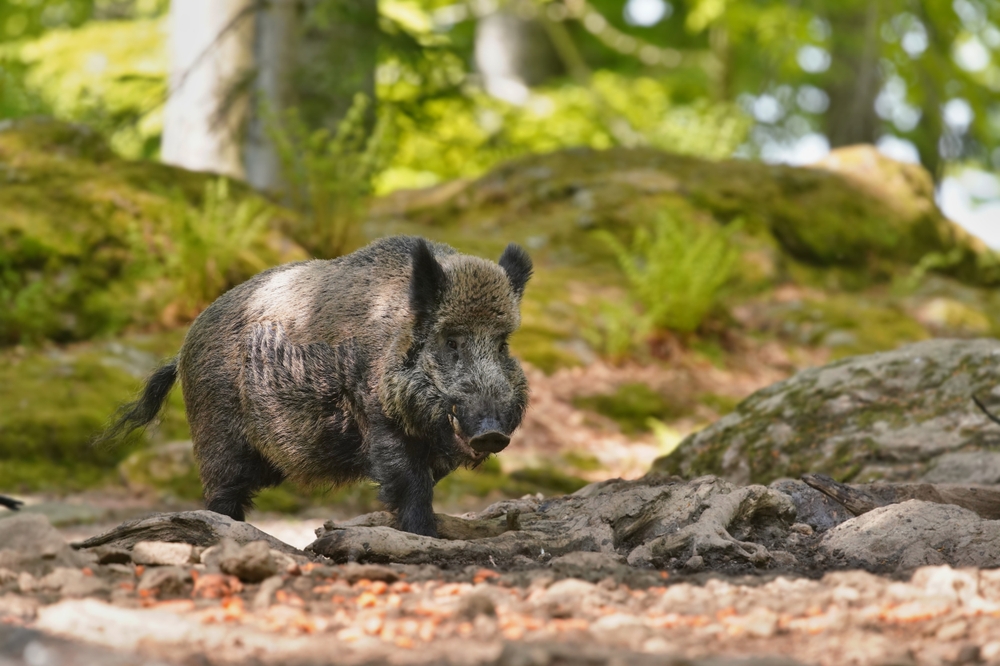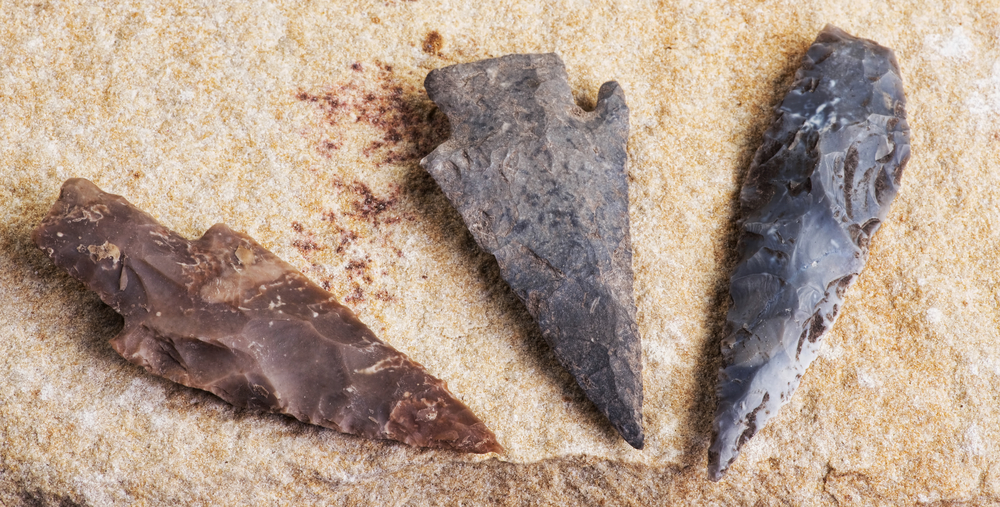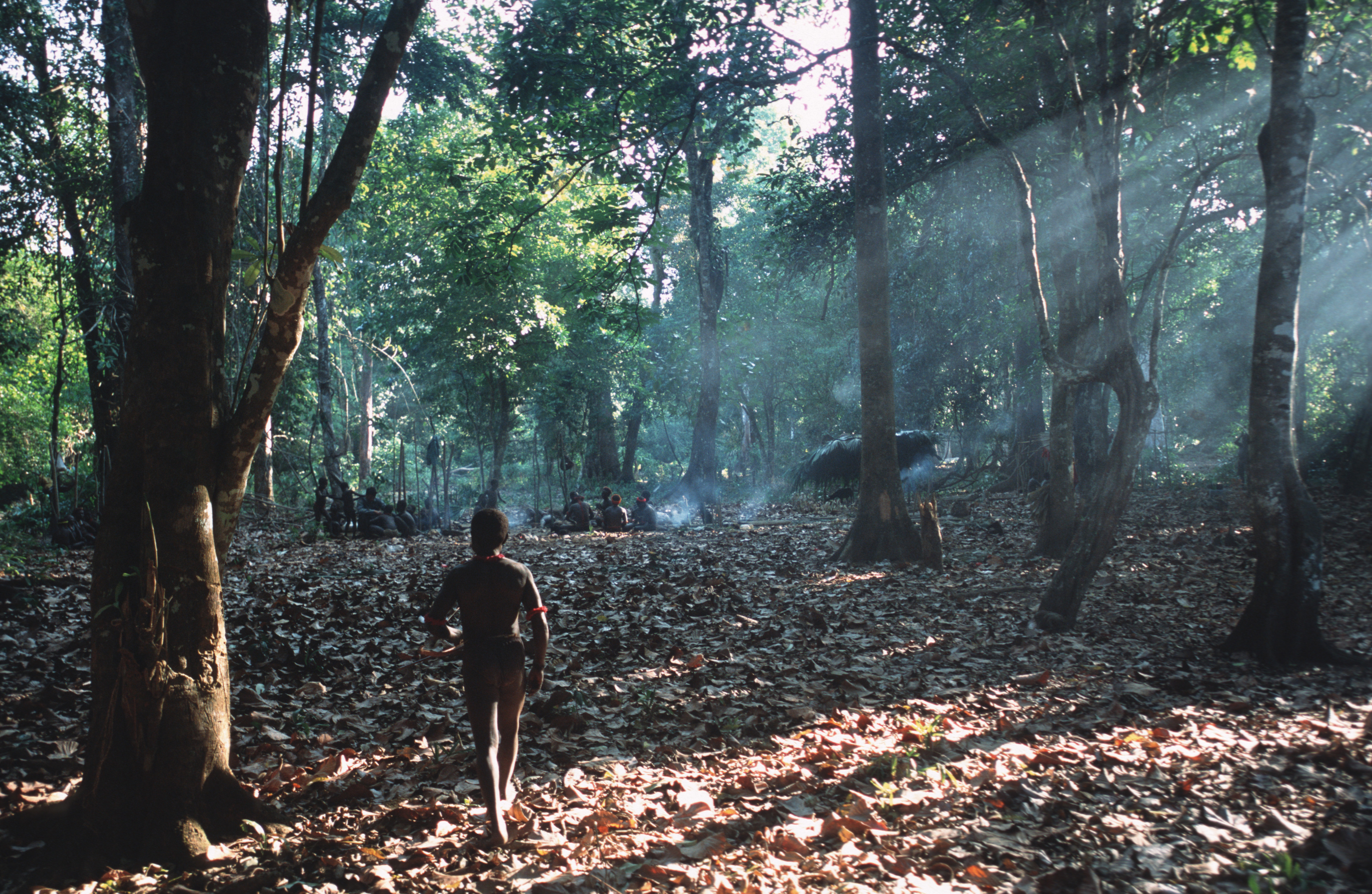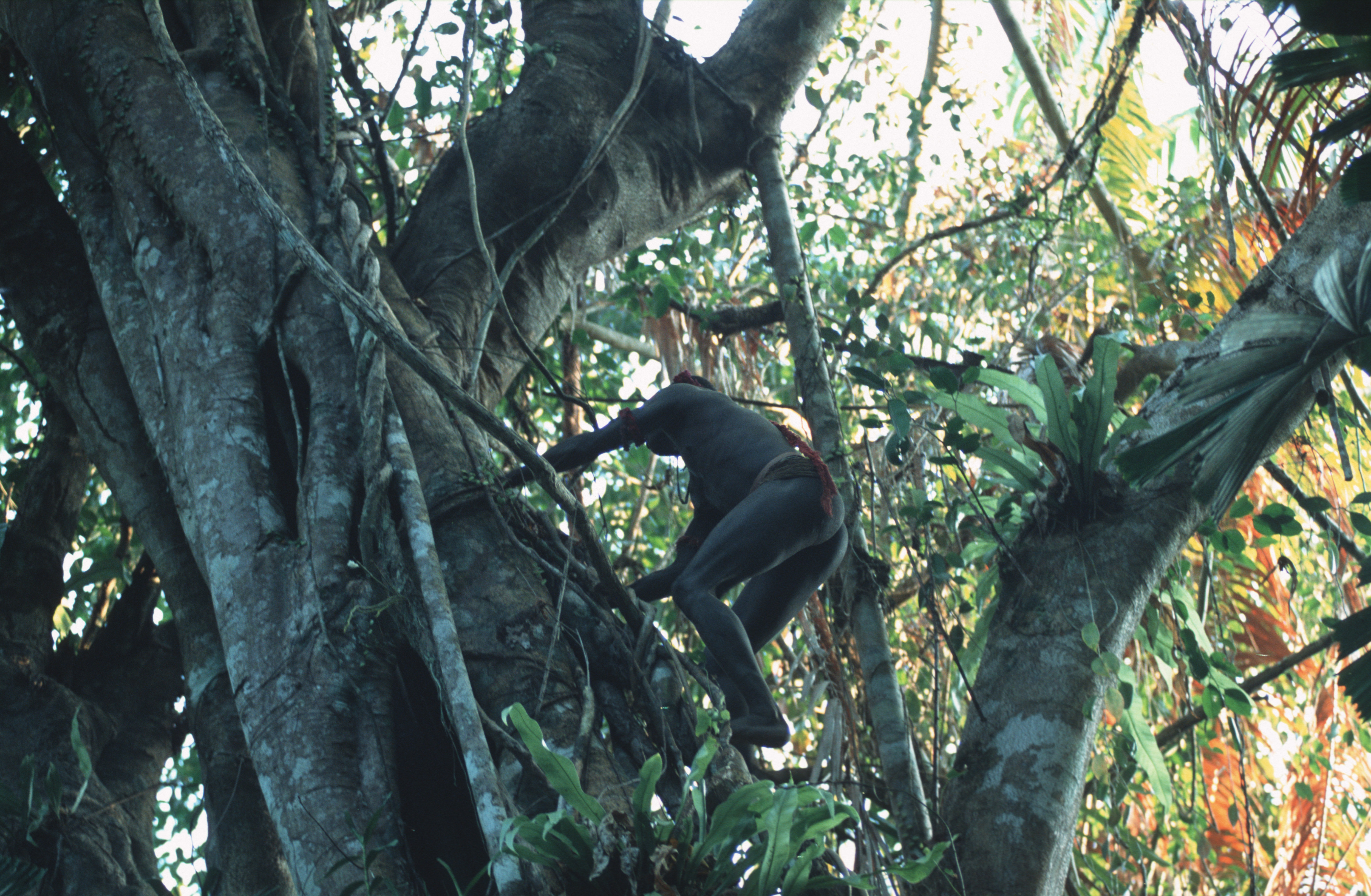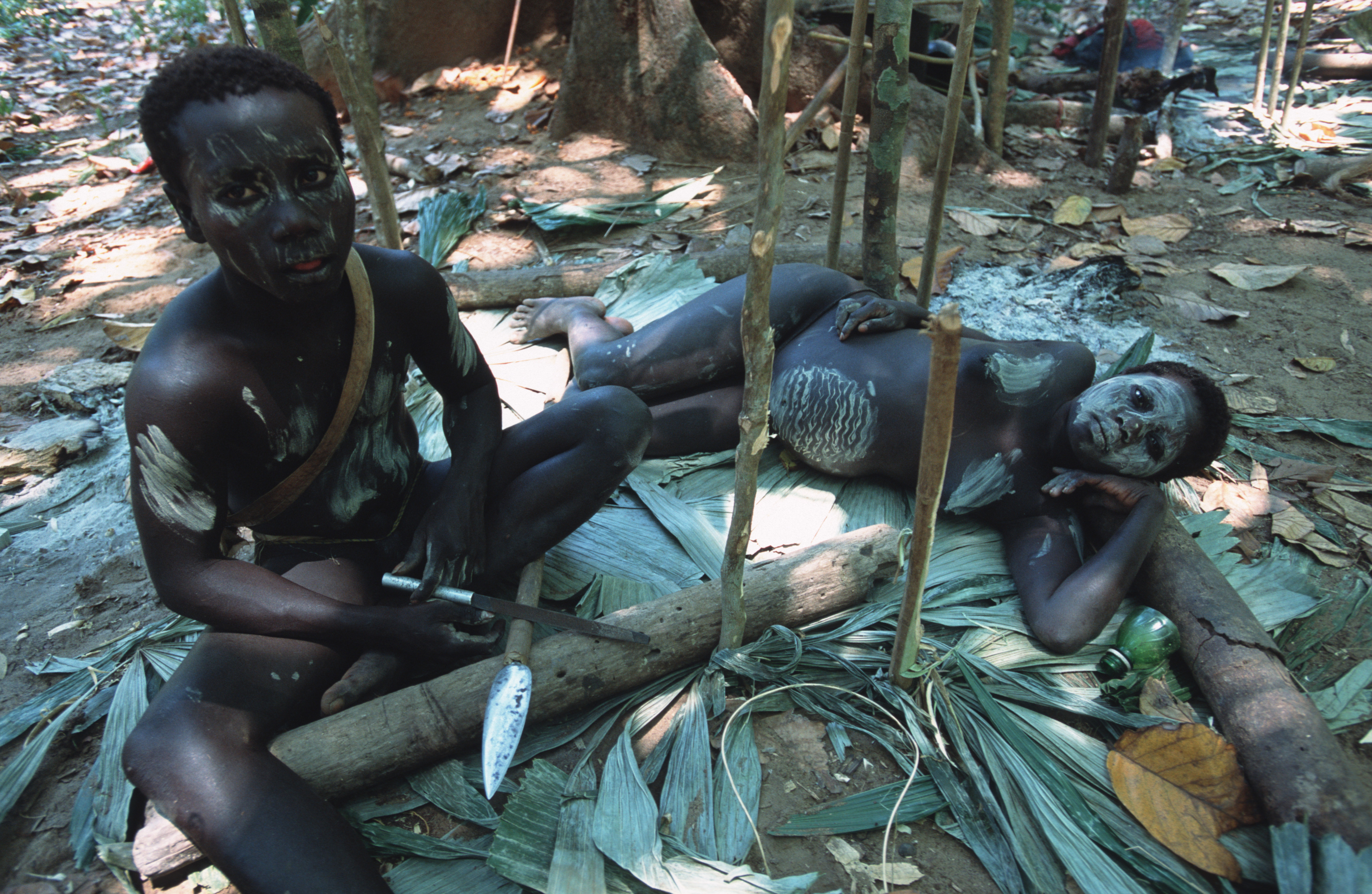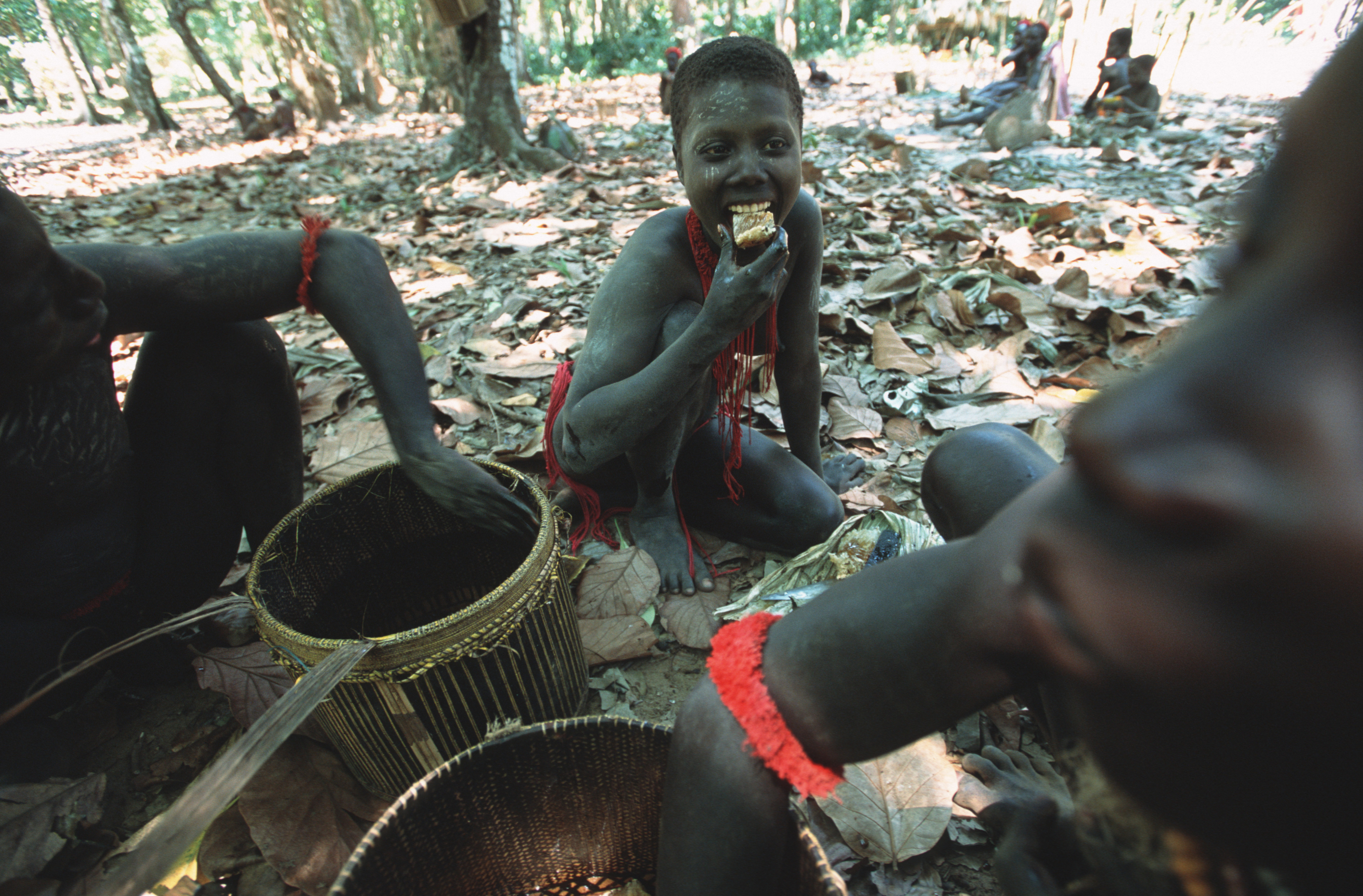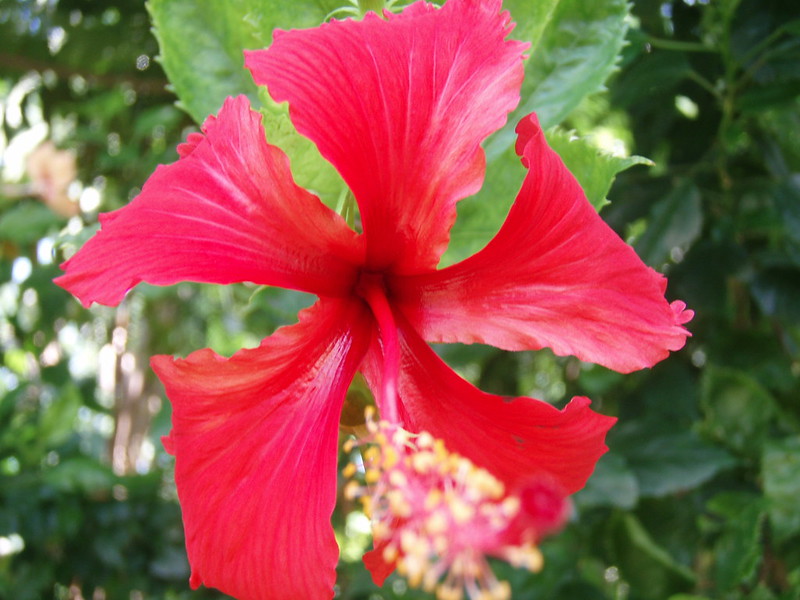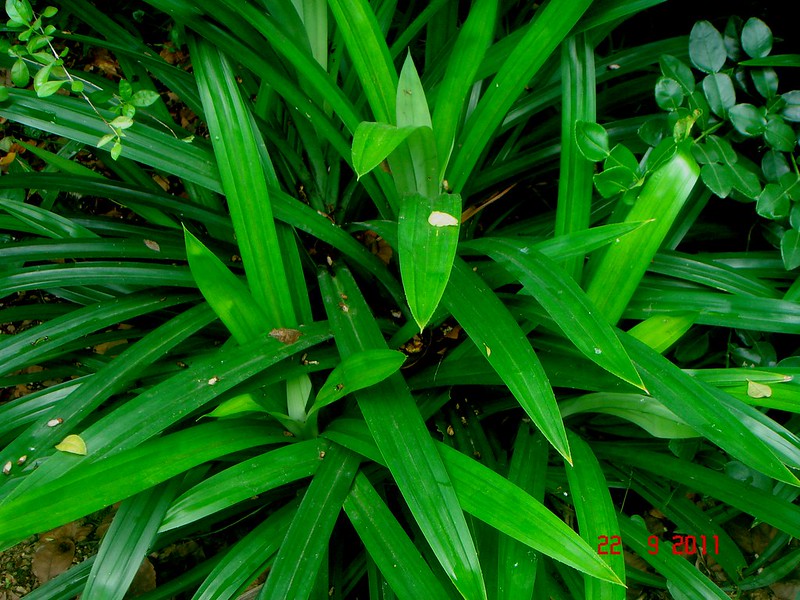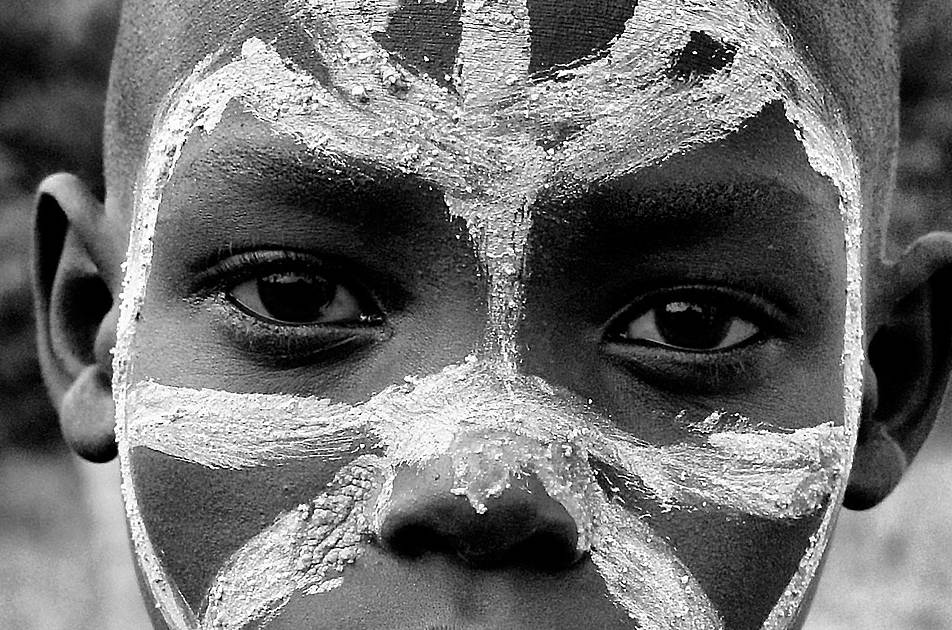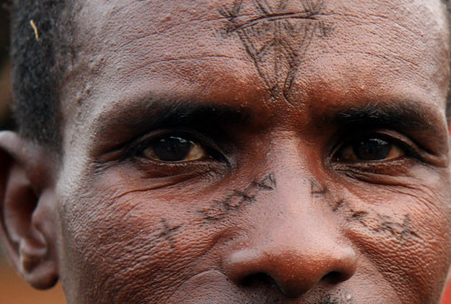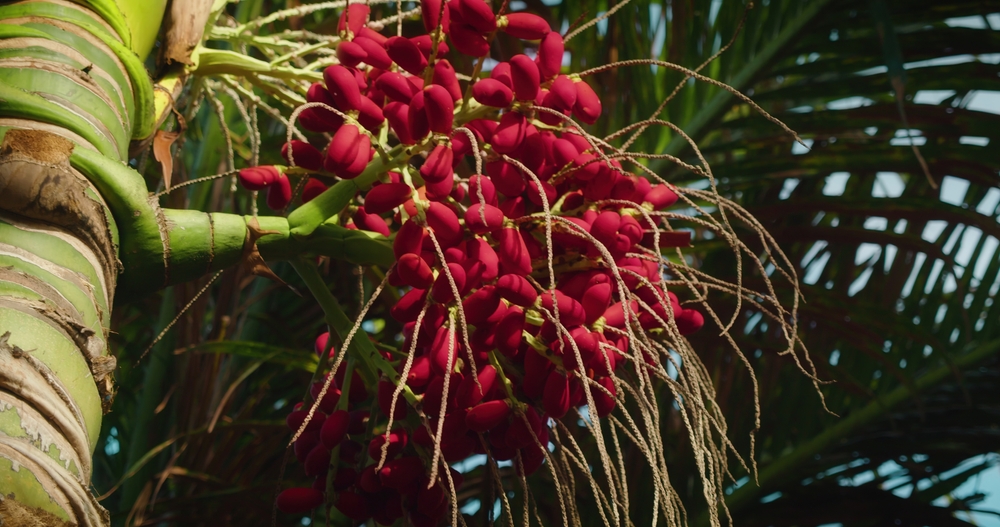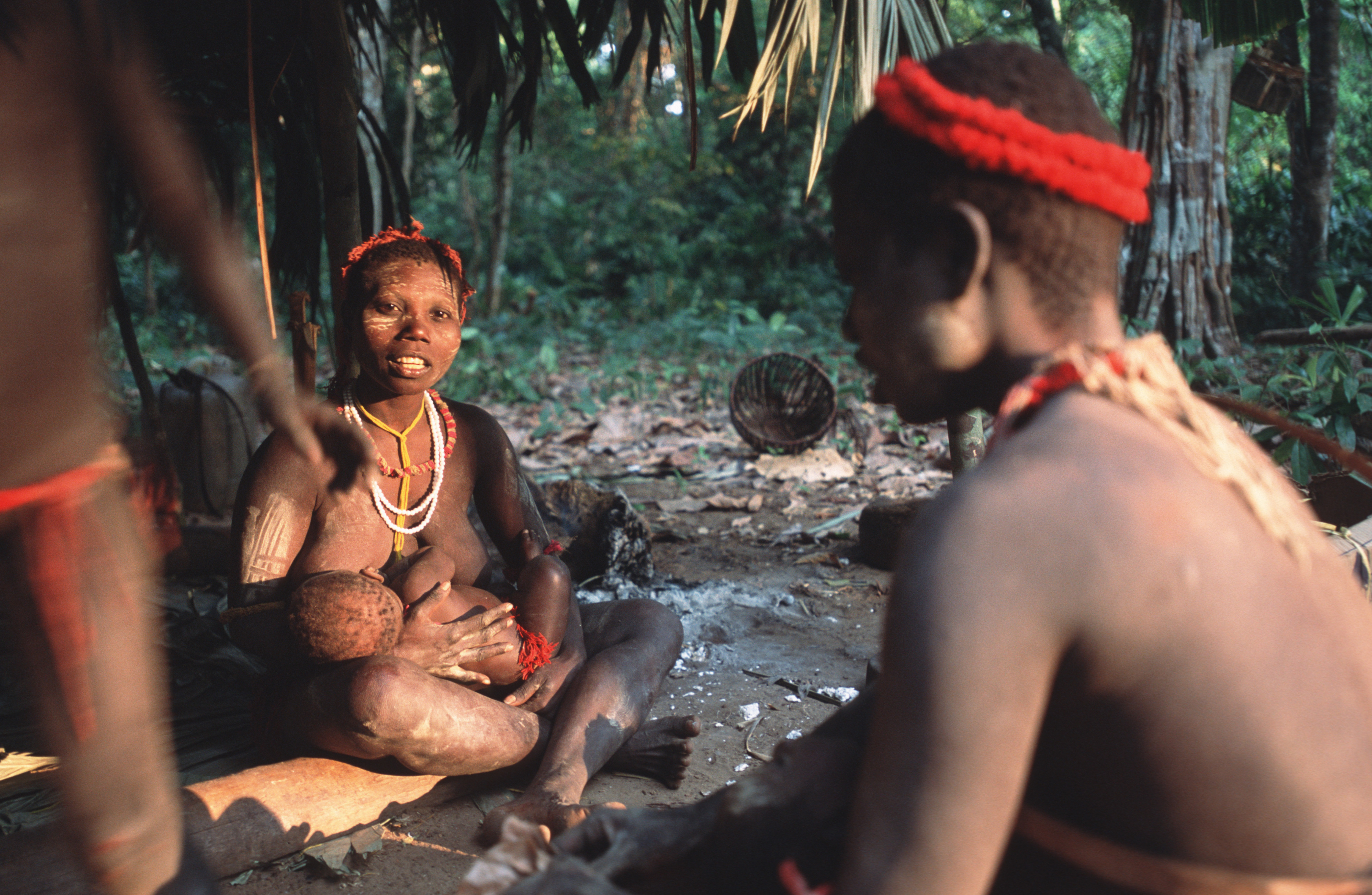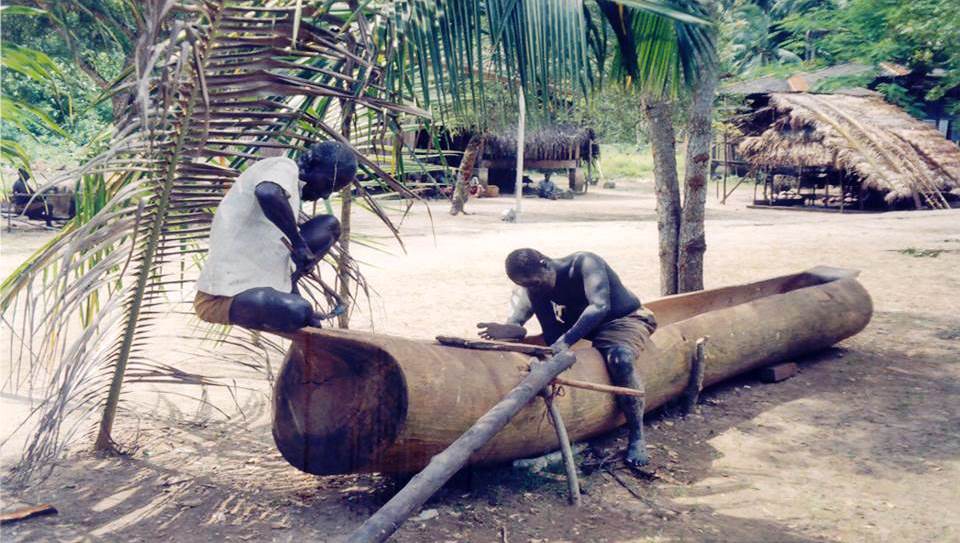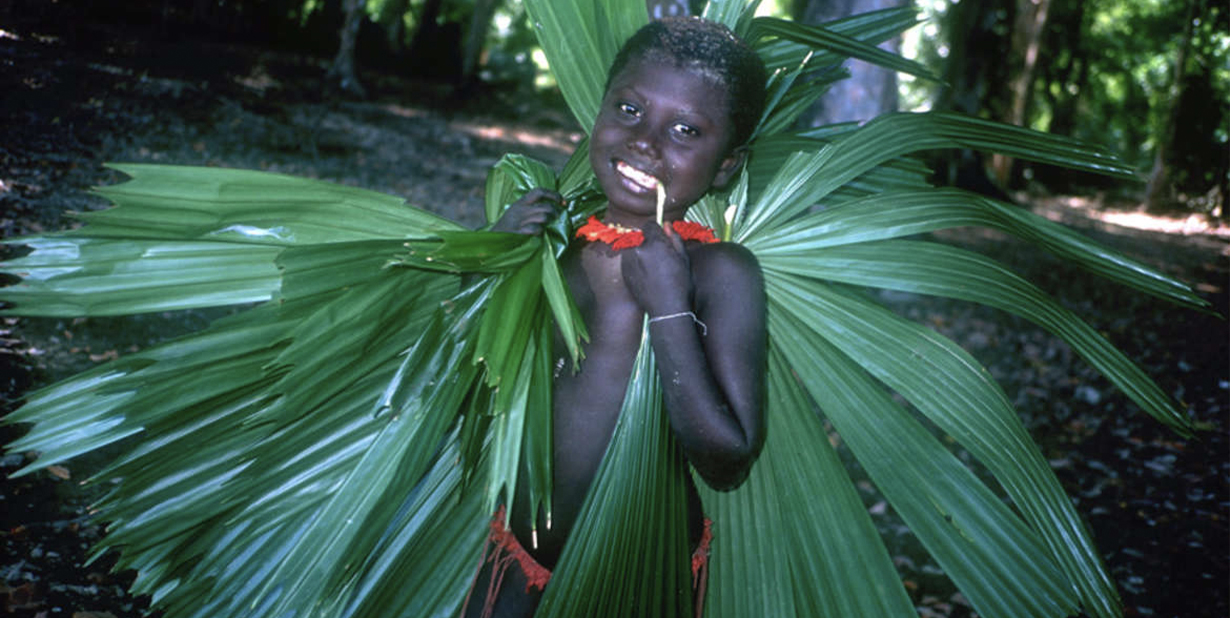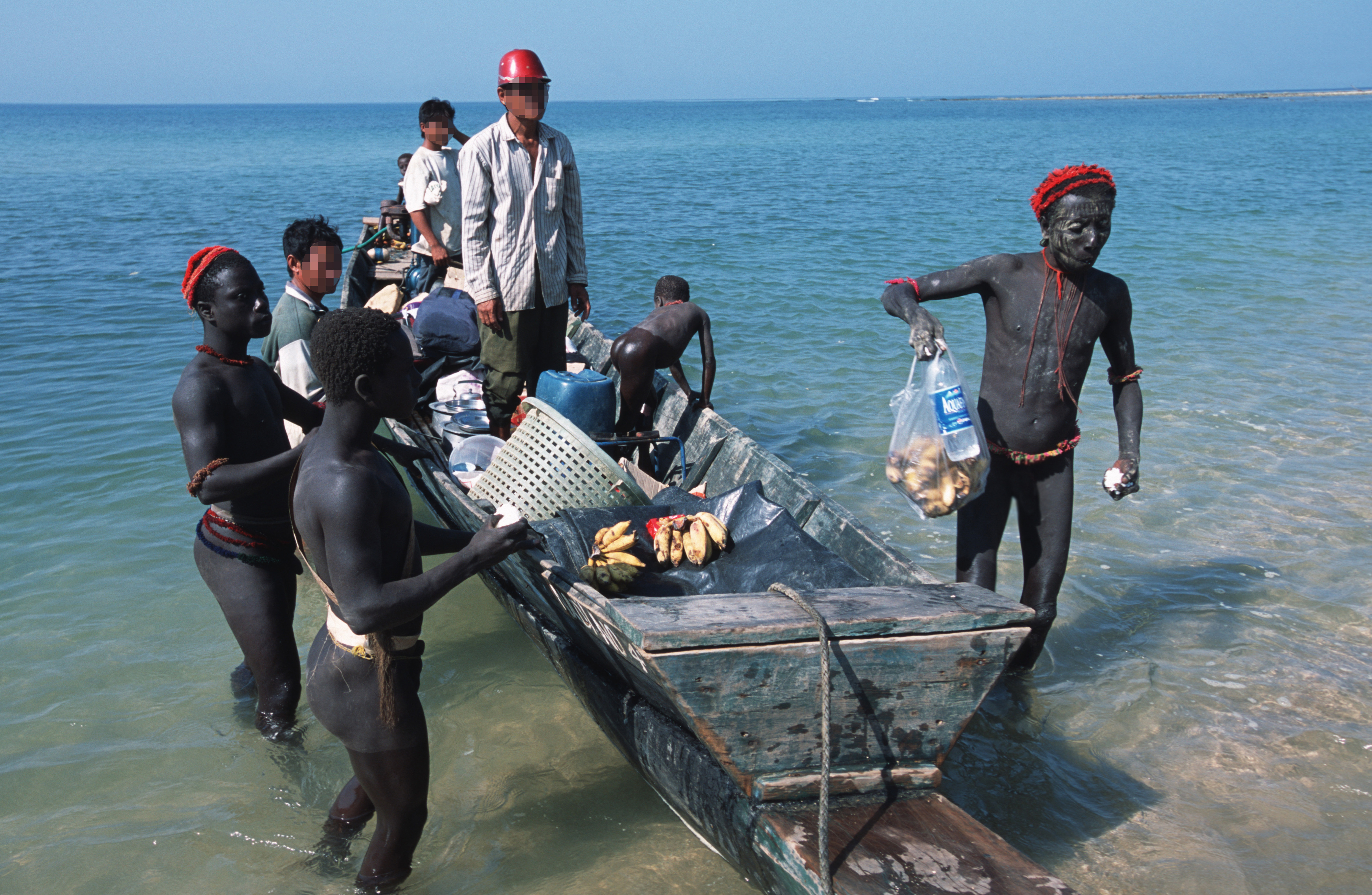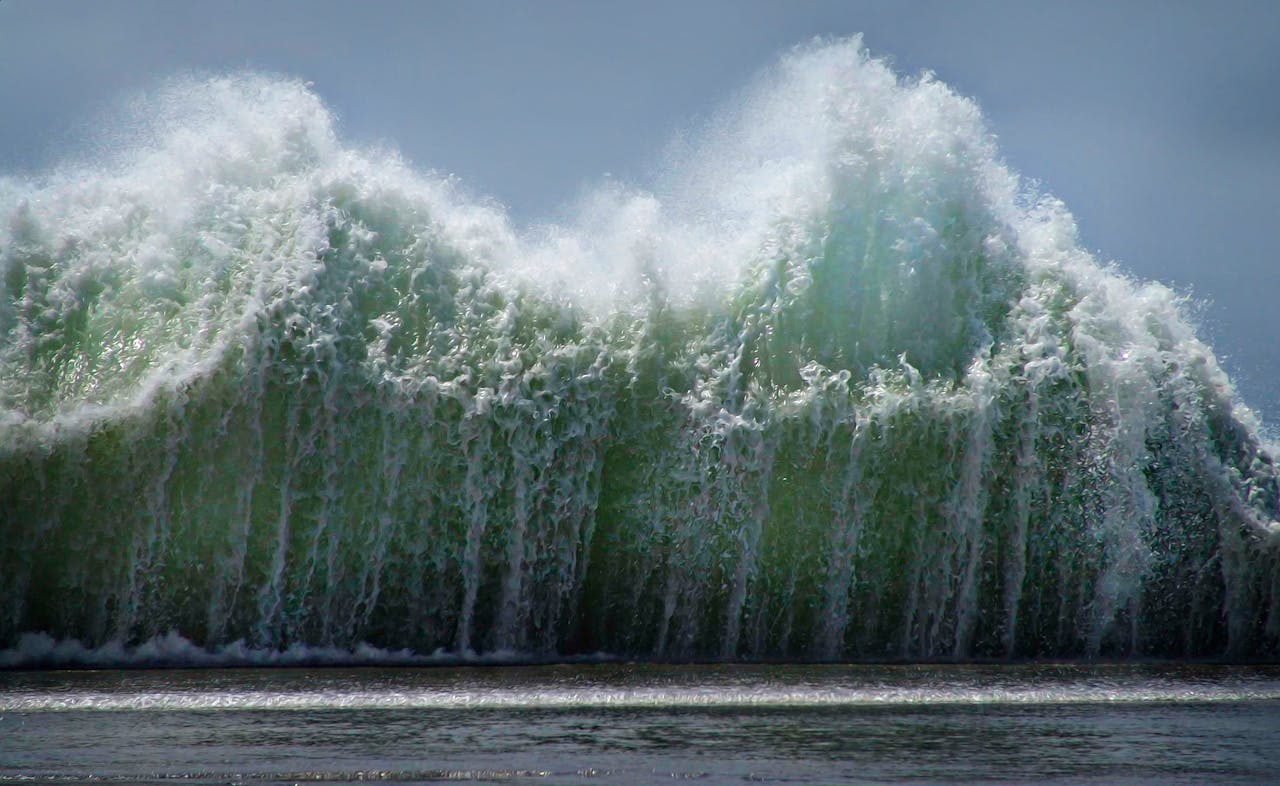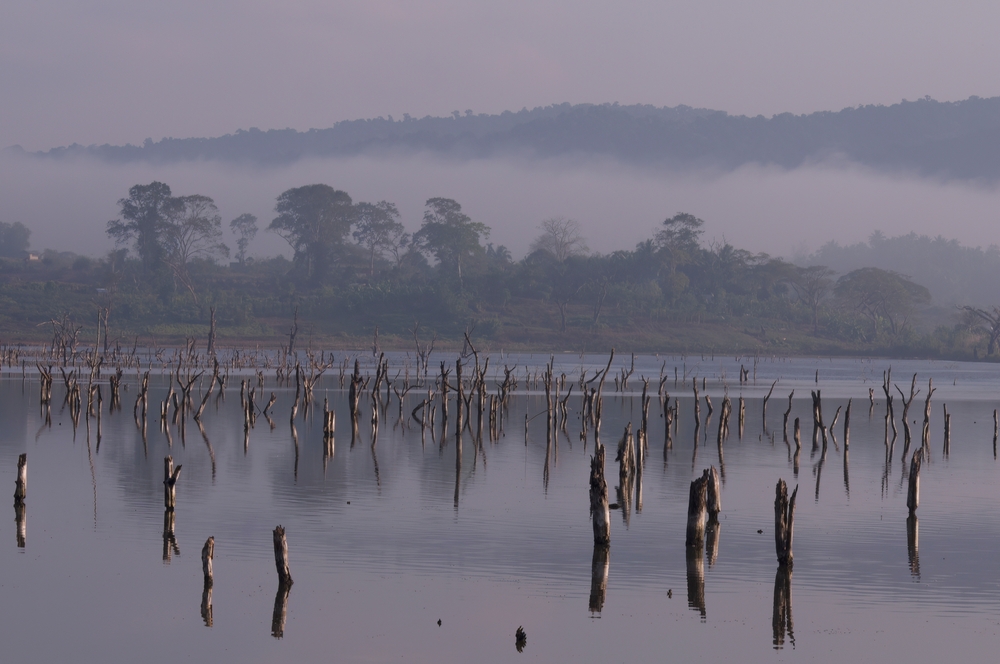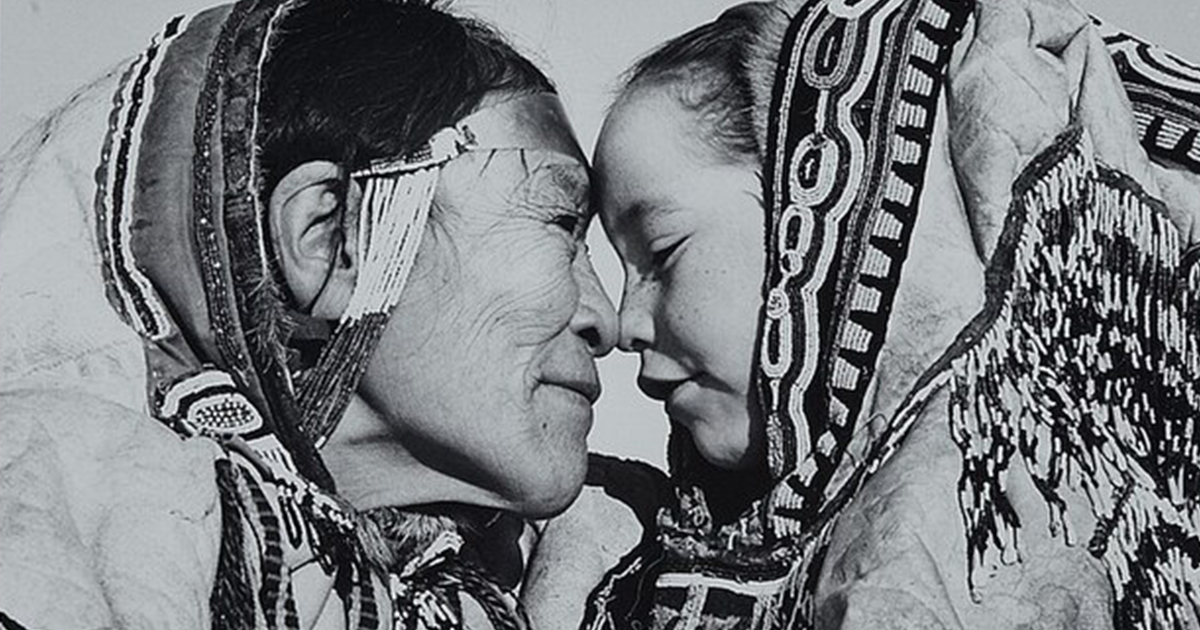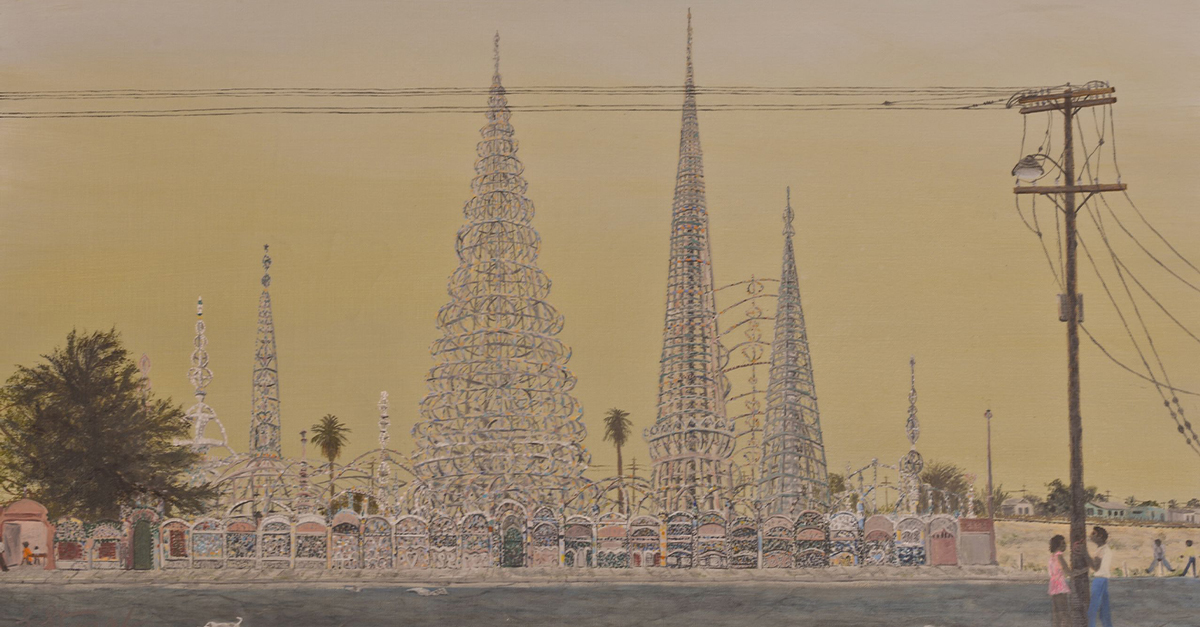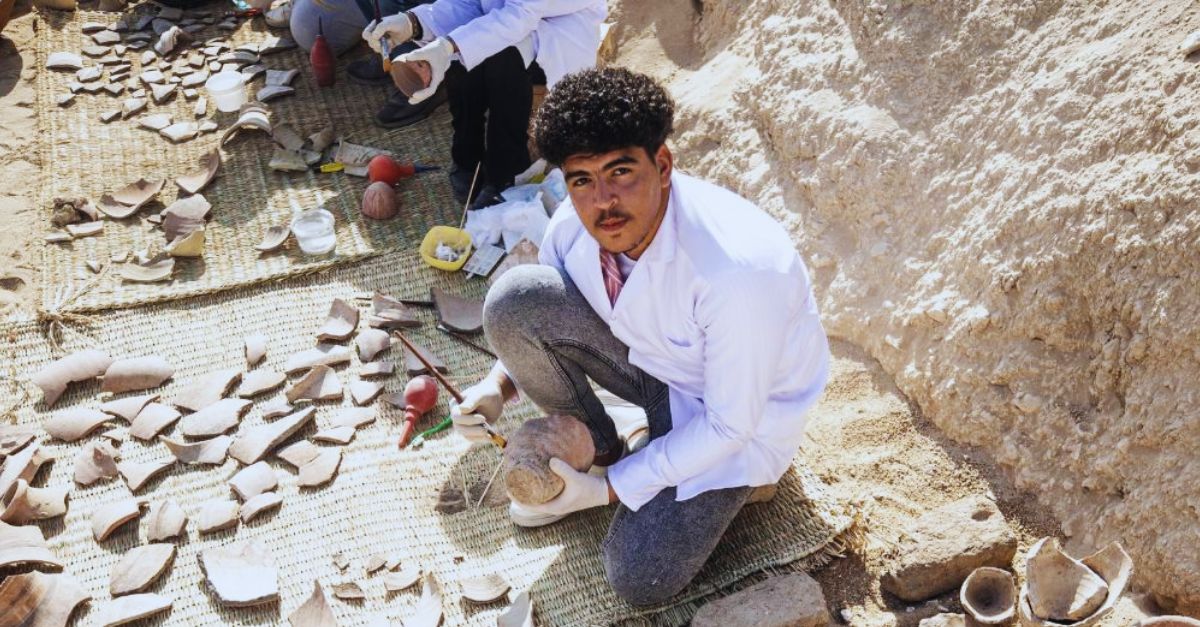The Onge Tribe
Shrouded in secrecy and history, the Onge are among the oldest surviving tribes in India—semi-nomadic people whose lives have long been entwined with the rhythms of nature. For generations, they lived untouched by the outside world.
But that isolation is fading. Outsiders have begun to arrive, and with them, an unsettling shift. The Onge are dwindling—quietly, steadily—as the modern world encroaches on their ancient way of life.
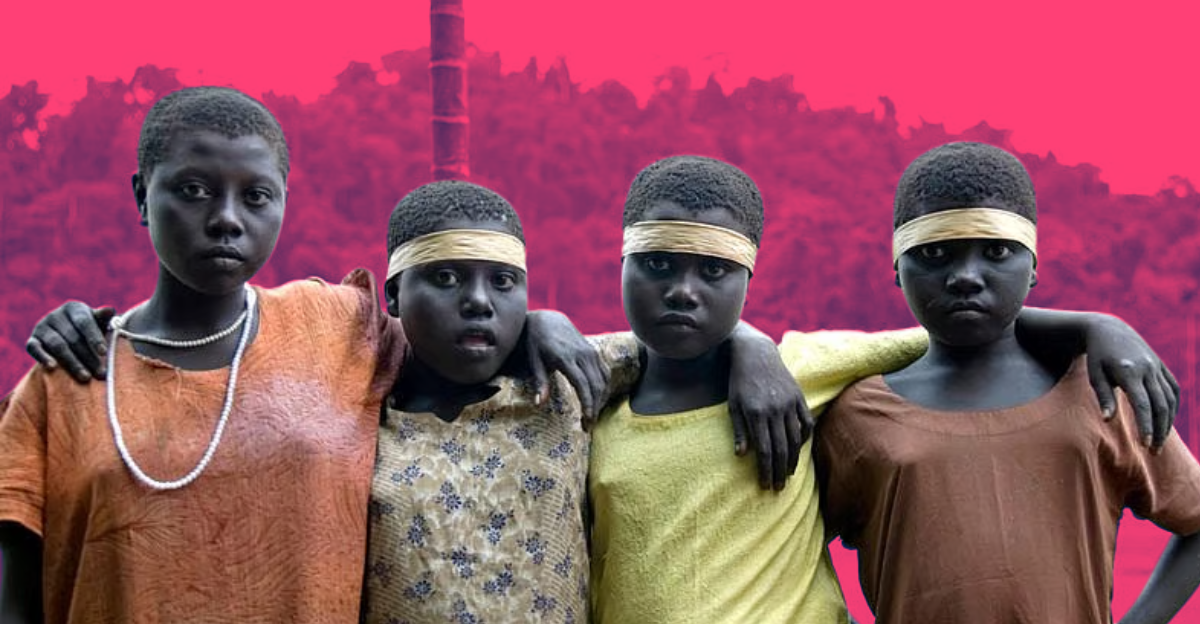
Who are they?
The Onge are an Andamanese ethnic group, indigenous to the Andaman Islands in Southeast Asia at the Bay of Bengal, currently managed by India.
Onge means En-iregale, which translates to “perfect person” or “perfect man.”
Where do they live?
In the 18th century the Onge were distributed across Little Andaman Island. But forced colonization in the 1940s left them confined to two small reserve camps: Dugong Creek in the northeast, and South Bay—where they remain today.
How big is their tribe?
The Onge population was significantly reduced after colonization and settlement, going from 672 in 1901 to only 117 in 2017. They are now a designated "Schedule Tribe" of India—meaning vulnerable and disadvantaged.
Of the 117, there are a total of 21 families—15 with children and 8 without children.
What language do they speak?
The Onge speak Önge, a rare tongue whispered by only a handful of voices today. It's one of just two known Ongan languages—an ancient linguistic thread connecting them to the southern Andaman Islands. As their numbers shrink, so too does the sound of their language, slipping quietly toward extinction.
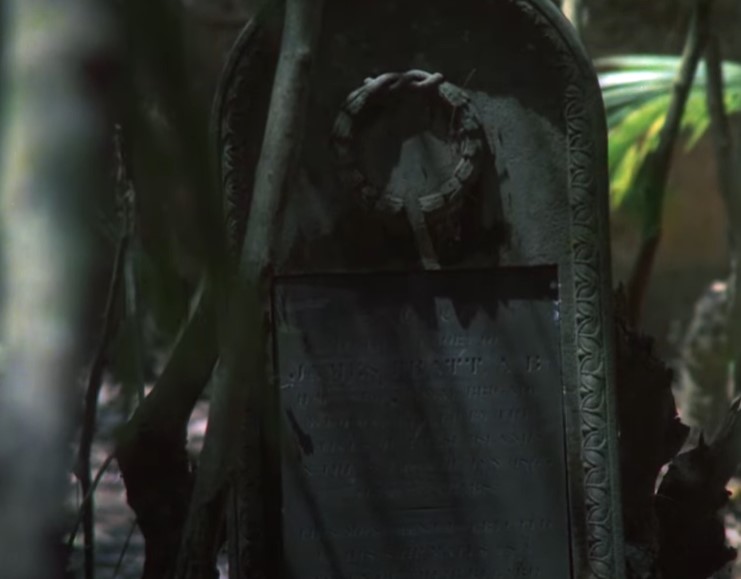 Film Division, Man In Search of Man (1974)
Film Division, Man In Search of Man (1974)
What do they live in?
Onge people live in large communal huts that sit up high on stilts. They are generally round or elliptical and is built by trunks and branches of tree, thatched with palm leaves on cane frames.
Each hut has a fire pit that is kept constantly burning or smoldering.
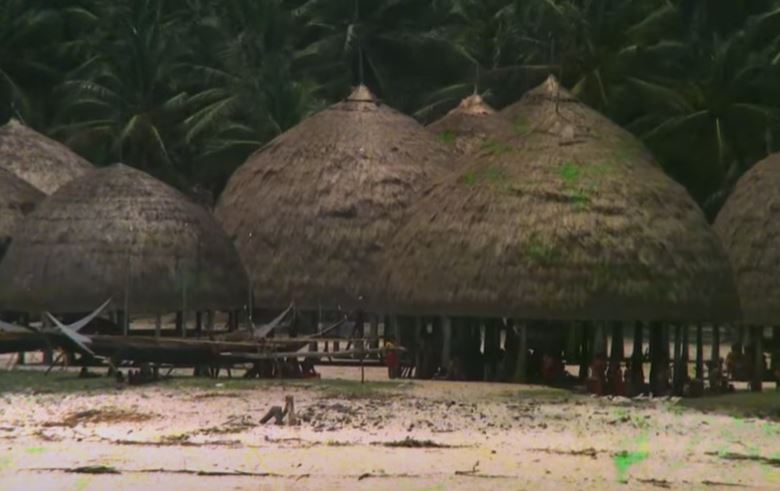 Film Division, Man In Search of Man (1974)
Film Division, Man In Search of Man (1974)
What do they sleep on?
The Onge are expert mat-makers. They make sleeping mats of various sizes from bamboo or cane strips. They also make mats for different parts of their hut, and sometimes for sitting on outside.
What do they eat?
The Onges are hunter-gatherers, meaning all of their food comes from nature, and they get it themselves.
Does the government provide the reserves with food?
While the Onge still rely on the forest and sea to feed themselves, the Indian government supplements their diet with rations—rice, lentils, and other staples. But these offerings don’t always end up on their tables. Often, the Onge trade or sell them to outsiders, exchanging state-issued goods for something less tangible: choice, autonomy, or perhaps just curiosity about a world that was never theirs.
What animals do they hunt?
They hunt various animals that are available on the island, such as deer, pigs, foxes, rats, snakes, turtles, birds, and more.
How do they hunt?
Handmade bows and arrows are the preferred method of hunting. They use spears, arrows and harpoons with a float for fishing and catching turtles, as well as handmade nets.
What vegetation do they gather?
The Onge gather various plants that grow in the jungle, which includes fruit, roots, tubers, and honey. They bake, boil and fry these foods.
What do they use for gathering?
The Onge craft their tools from the island itself. Digging sticks tipped with hooked shells unearth roots and wildflowers from the forest floor. Taller poles—simple but clever—reach up to pull fruit from high branches. And for honey, they use string made from tree fibers, slicing through combs with sharpened shell hooks. Each tool is handmade, resourceful, and deeply in tune with their environment—no metal, no machines, just nature refined through tradition.
Is there any food they don’t eat?
Pregnant women are not allowed to consume pork, turtle and honey. Aside from that, they will eat most of the edible vegetation that is available to them on the island.
Do they have bowls and utensils?
Most of their utensils are made from different kinds of shells. The Cyrena shell is used as a knife or scraper, the large Pinna shell serves as a tray or dish, and the Nautilus shell is used as a cup.
However, many of them just eat out of the baskets with their hands.
What do they cook their food in?
Cooking pots are made of clay, dried in the sun and then baked in the fire. Water containers are made of bamboo and buckets for carrying water are made of scooped-out pieces of soft tree trunk.
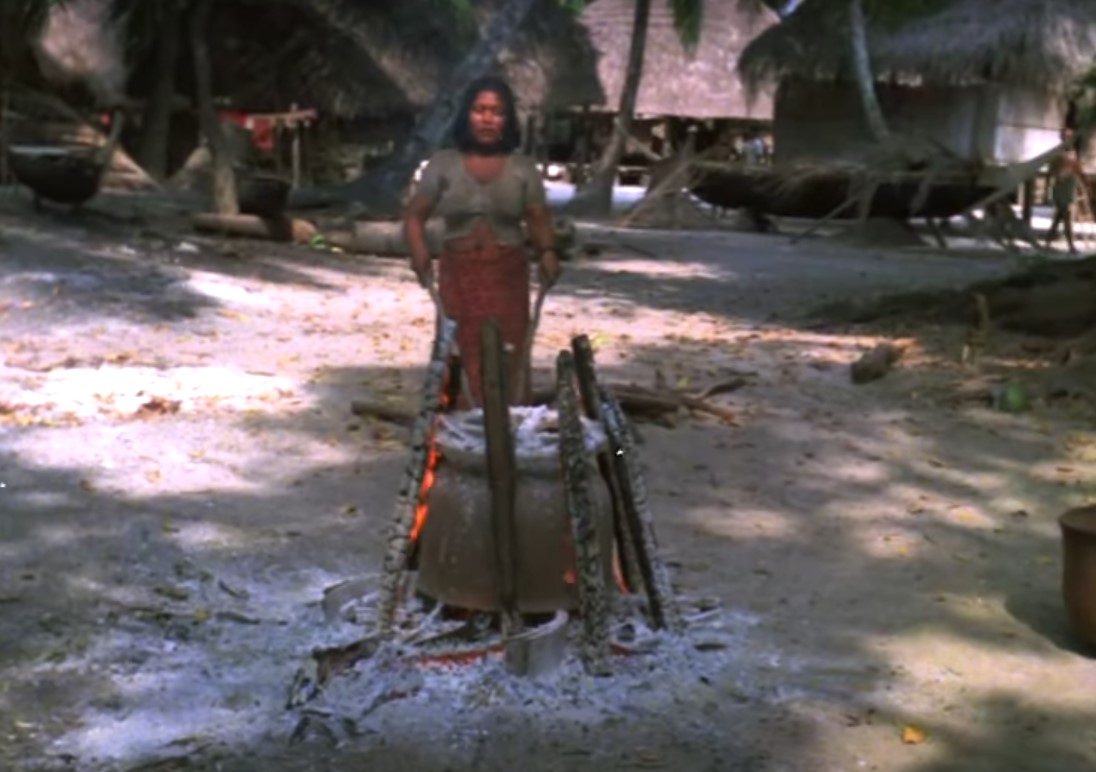 Film Division, Man In Search of Man (1974)
Film Division, Man In Search of Man (1974)
What do they wear?
The Onge live with little need for clothing, their bodies adapted to the island’s warmth and rhythm. Men typically wear a simple girdle woven from hibiscus fiber—more a symbol of tradition than necessity.
What do women wear?
Women wear a small apron made of Minuscopes litterales leaves. Every married woman wears a belt made of Pandanus leaves—and is never taken off unless it is replaced with a new one.
Do they accessorize?
The Onge like to wear bracelets on their wrists and knees made from spirally wound leaves and small shells. They also make necklaces from shells, bones, and bamboo.
 Film Division, Man In Search of Man (1974)
Film Division, Man In Search of Man (1974)
Do they decorate?
The Onge are known to decorate their huts and home areas with various shells and colorful materials they find in the forest. They also enjoy music and dance and make instruments that they keep on display as well.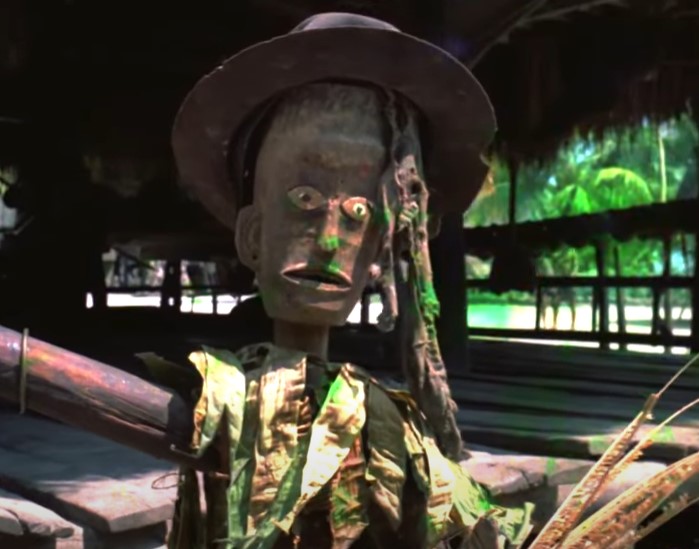 Film Division, Man In Search of Man (1974)
Film Division, Man In Search of Man (1974)
Do they use body paint?
Like many ancient tribes, the Onge adorn their bodies with paint made from the earth itself—clays in shades of gray, yellow, white, and deep red. These markings are not merely decorative; they carry symbolic meaning, woven into rituals and ceremonies passed down through generations. Each line and color tells a story, a silent language that speaks of identity, belief, and belonging.
What types of rituals do they do?
The Onge practice body scarification—which is done during childhood. A woman will use a piece of quartz or glass to make scars on the body at certain intervals.
What strange beliefs do they have?
The Onge consider white teeth a sign of an unalive body so they chew bark to turn their teeth red.
What is they social structure like?
Men and women are mostly treated as equals. The wives help the husbands with all money-making activities, but the division of labor remains traditional.
What are men responsible for?
The men of the Onge tribe stay busy with the practical rhythm of daily life—building huts and canoes, crafting tools for the hunt, and tending to the structures that support their small community. They are also the primary hunters, fishermen, and honey gatherers, venturing into the forest and sea to provide for their people with skill passed down through generations.
What are the women responsible for?
The women and children do the gathering. They collect fruits, flowers, roots, leaves and shrubs from the forest. They also fetch water and manage the kitchens, as well as make creative items for decoration.
Do they have transportation?
Since the Onge are forest-dwellers, they do not typically have a need for much transportation. Most of how they move around is done on foot. They carry their items in handmade baskets on their backs.
Sometimes, a canoe made from a hollowed-out tree is used on the water.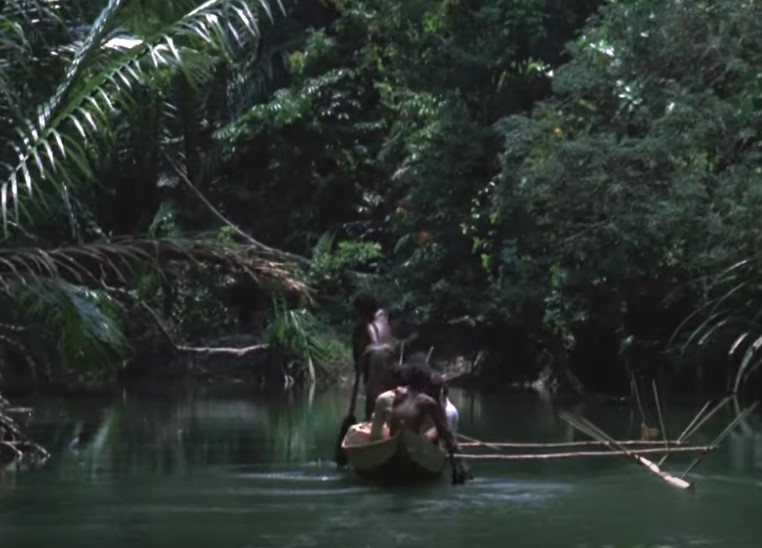 Film Division, Man In Search of Man (1974)
Film Division, Man In Search of Man (1974)
How does the government help the reserve?
The reserve offers the Onge a safe land to live on, though they must now compete with settlers for wild boar and fish.
The government has also given the reserve rationed food, medical supplies, and educational resources.
Is their health in danger?
Since their first contact with outsiders, the fate of the Onge has taken a troubling turn. Once free to roam their island home, they were forcibly confined to a government-designated reserve—a drastic shift that fractured their way of life. Along with confinement came the quiet devastation of disease and alcohol, foreign forces their bodies and culture were never prepared to face. The impact was swift and severe: their numbers began to dwindle, and a once-thriving people now teeter on the edge of survival.
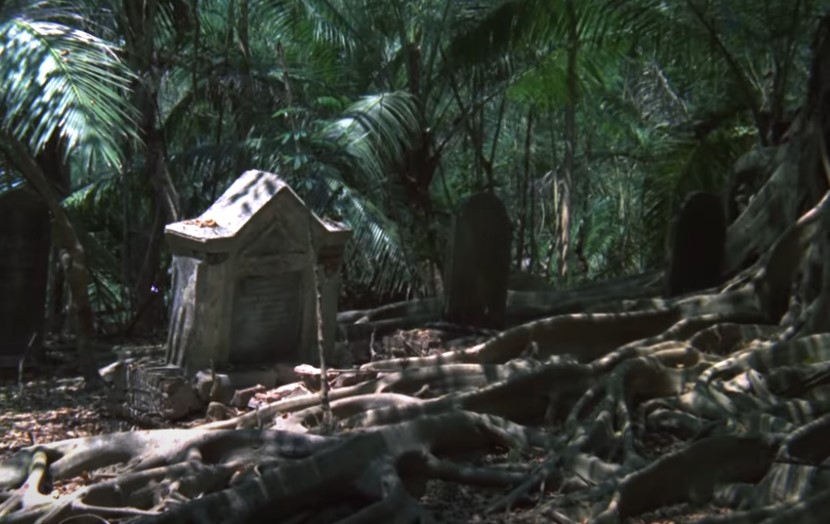 Film Division, Man In Search of Man (1974)
Film Division, Man In Search of Man (1974)
The 2008 Accident
In 2008, the Onge’s population suffered a devastating blow when eight Onge men passed after drinking an unknown liquid they found on the shoreline. It is believed that they thought it was liquor, but it may have instead been a type of engine fuel.
Several other tribe members were critically ill from drinking the same liquid.
What other dangers exist for them?
Mother nature can be rather dangerous for them considering their remote island location. In fact, in 2004 their settlements were completely destroyed by a tsunami—and the Onge just merely survived.
The 2004 Tsunami
When the Onge felt the earthquake and saw the water level drop dramatically, they gathered on the shore and hurled stones into the sea to trick the angry spirits (who they believed were shaking the pillar that holds up the sea) into believing that the Onge were in the water.
Heading for High Ground
They knew that if the sea receded rapidly, it would later rush back with a destructive power. They quickly headed inland to the highest points they could, and miraculously all of them survived.
 Film Division, Man In Search of Man (1974)
Film Division, Man In Search of Man (1974)
Deforestation
Much of the island the Onge once freely roamed has been stripped bare by settlers, and the deforestation continues even today. What remains of the forest is a shrinking lifeline. The Onge now search these dwindling wild pockets for food and materials essential to their survival—roots, fruits, honey, and wood that were once abundant. As their natural resources vanish, so too does their self-sufficiency, forcing them into increasing dependence on government rations to meet even their most basic needs.
Mortality Rates
In recent years, the Onge have suffered high rates of malnutrition, infant mortality and perilously low growth rate. Infant and child mortality rates have doubles in the years after they were forced into reserves.
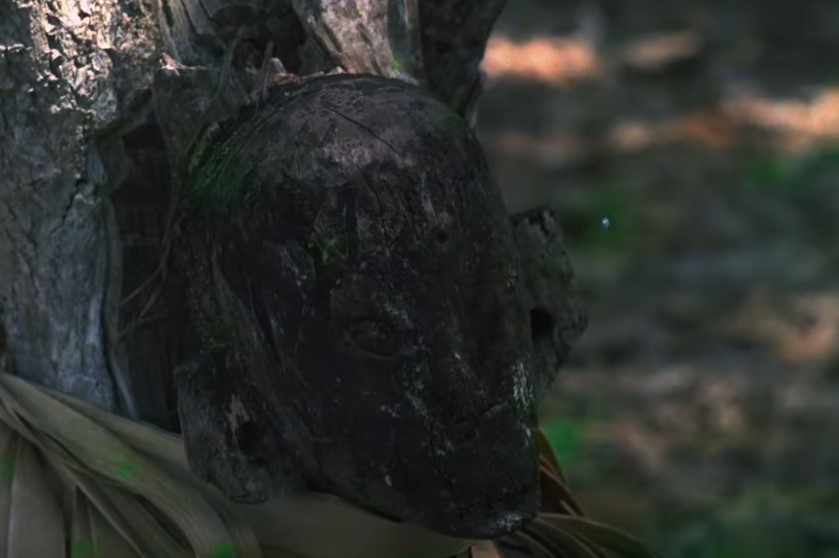 Film Division, Man In Search of Man (1974)
Film Division, Man In Search of Man (1974)
Forced Changes to Tradition
The Indian government feels compelled to “help” this endangered tribe, and so they have a “breeding program” in place to aid in population growth.
They have also begun pressuring the Onge to drop certain customs, such as their primitive clothing choices and handmade tools.
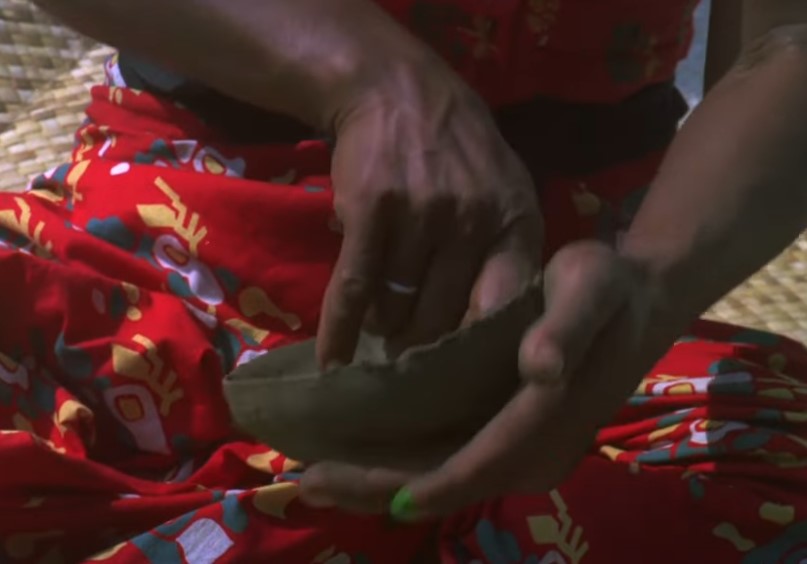 Film Division, Man In Search of Man (1974)
Film Division, Man In Search of Man (1974)
Final Thoughts
Although the Onge remain one of the oldest and most primitive tribes of India, their forced settlement has changed their traditional ways of life, forcing them to slowly become more and more reliant on the government for their well-being.
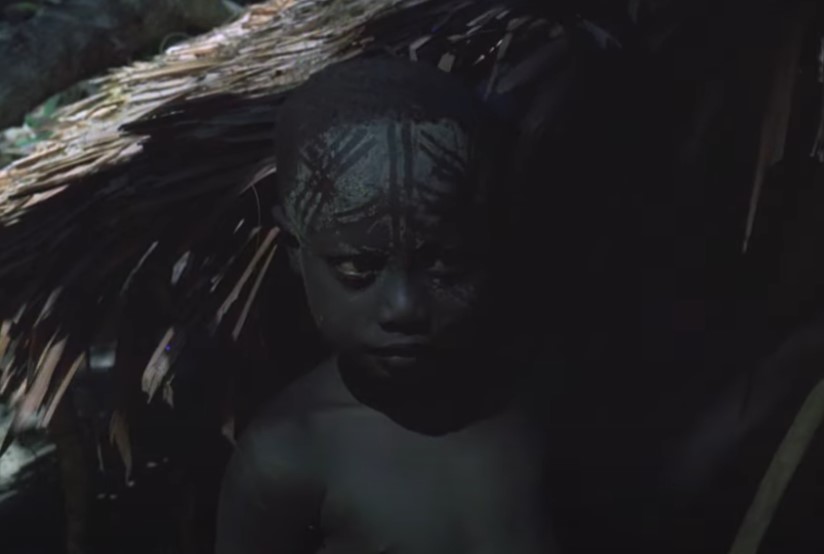 Film Division, Man In Search of Man (1974)
Film Division, Man In Search of Man (1974)

